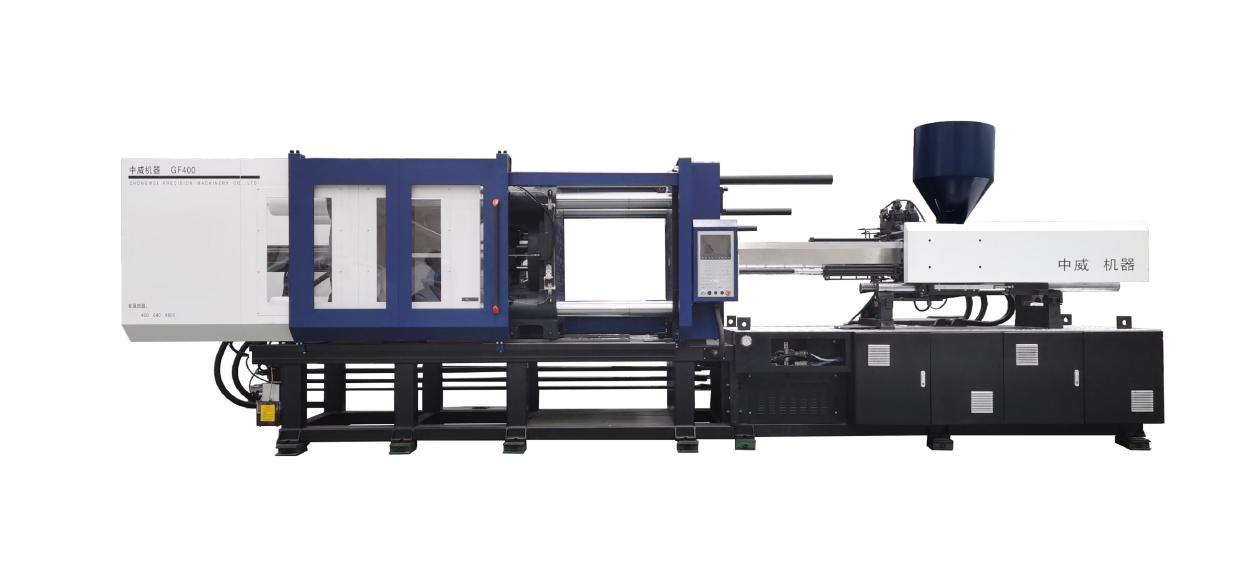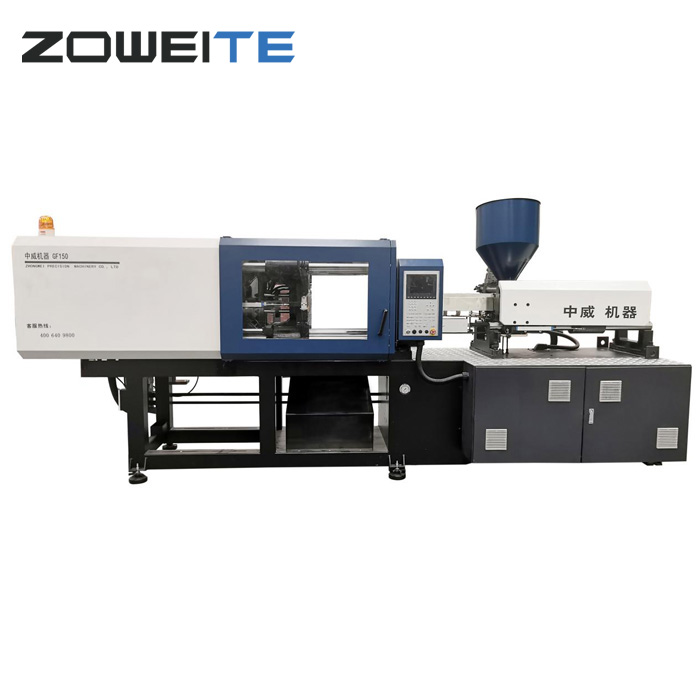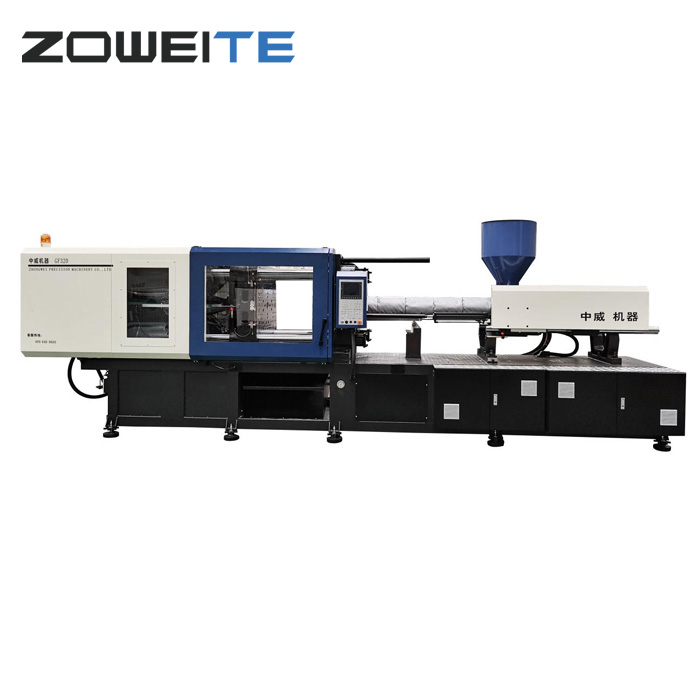Horizontal Molding Machine
ZOWEITE® Horizontal molding machine made in China and Vertical operates according to the same general principles of injection molding (injecting liquid plastic into a mold to take the form of the mold cavity as the material hardens), each one offers unique benefits and application suitability.
Send Inquiry
ZOWEITE® Horizontal molding machine and Vertical operates according to the same general principles of injection molding (injecting liquid plastic into a mold to take the form of the mold cavity as the material hardens), each one offers unique benefits and application suitability.

What is the difference between horizontal injection molding machine and vertical injection molding machine?
The primary difference in vertical and horizontal molding machine is the configuration and movement of the mold. In the vertical injection molding process, the mold clamping action occurs vertically, in an up and down motion. The clamping mechanism and injecting mechanism are located along the same vertical plane. In the horizontal injection molding process, the mold clamping action occurs horizontally, with each half of the mold moving sideways to join.
About horizontal molding machine
ZOWEITE® Horizontal molding machine has historically been the more commonly used type of injection molding — though that does not mean it is inherently superior.
In horizontal injection molding, the mold opens and closes along a horizontal axis. Due to this configuration, consistent, correct injection pressure is required to fill the mold cavities and help ensure proper packing and cooling. Horizontal molds are typically built with more cavities than their vertical counterparts, and are thus able to produce more parts per cycle. In addition — thanks to the horizontal separation of the mold halves — parts from these molds naturally fall out of the cavity upon ejection, and do not need to be manually extracted.
Use Cases
· Ideal for cylindrical parts
· Typically used for higher-volume production runs
· Advantageous for standard molding that does not require inserts or overmolds
Advantage
· Efficiency in parts produced per cycle
· As a more common type of machine, more options are available, such as hydraulic or electric options
· Consistent cycle times and continuous operation
Inferiority
· Insert molding is much more difficult and inefficient
· Machines take a larger footprint than vertical molding machines
About vertical molding machine
In vertical injection molding, the two halves of the mold move vertically, up and down, to open and close. The injection mechanism is typically located at the top of the mold. Gravity plays a large role in filling the mold cavities, along with the injection pressure. This can help with filling time and consistency.
Vertical injection molding equipment is designed with open clamps and rotary tables. This allows for work with multiple molds and simultaneous operations — pre-molding, injection molding and post-molding. As a result, there is less of a need for manual operation and intervention, as well as higher efficiency, increased productivity and reduced costs.
One key difference in a vertical mold, as compared to a horizontal molding machine mold, is that pieces do not automatically fall out of the mold after being ejected (as is the case with horizontal molds). In vertical molds, pieces must be extracted by hand or robotic arm.
Use Cases
Multiple concurrent operations: The design of vertical molds and their use of rotary tables means two bottom halves and one top half can be used in tandum so that pre- and post-molding operations can be occurring while parts are being filled. This is especially useful in operations such as insert molding or overmolding, where inserts or substrates must be loaded prior to resin injection.
Insert and Overmolding: Vertical molds are ideally suited to insert molding and overmolding due to the configuration of the mold. Inserts are naturally held in place by gravity, rather than having to be built into the cavity or use other methods to remain in position.
Advantage
● More consistent material flow and temperature distribution
● Advantageous for insert molding, especially when compared with older or more basic horizontal molding machine
● Can easily be manually operated and used with revolving tables to create inlays and combination parts
● Machine footprint is half the size of typical horizontal molding machine
● Pressure and clamping force required are lower due to the role of gravity in the process
Inferiority
● Manual part removal can be more time consuming
● Parts may be damaged during removal by robots or human operators
● Removal timing must be precise, which is more difficult in a manual process
● Manual removal step can make for inconsistent cycle times













